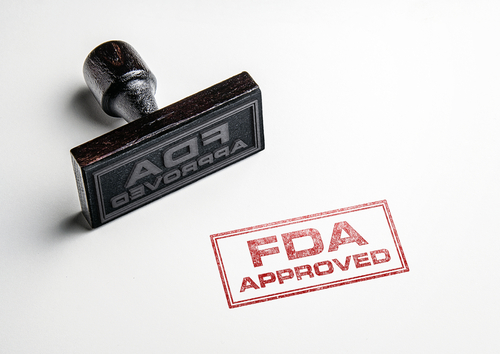
Patients with rheumatoid arthritis (RA) undergoing total joint arthroplasty (TJA) have a greater likelihood of requiring transfusion compared to osteoarthritis patients. Although tranexamic acid (TXA) is commonly used to reduce blood loss in TJA patients, transfusion rates in RA patients undergoing lower extremity TJA who receive TXA have not largely been studied. A retrospective study published in The Journal of Arthroplasty analyzed this correlation and found that TXA did not largely affect postoperative transfusion in this patient population.
Data from a prospectively collected cohort of RA patients undergoing TJA were assessed. Disease activity was determined per the Clinical Disease Activity Index (CDAI), patient-reported outcome measures (PROMs), and serologies. Baseline characteristics were explored. Chart review was used to establish transfusion requirements and TXA needs.
Final analysis included 252 patients; the majority of patients were women with longstanding disease and end-stage arthritis. Multivariate analysis identified the following factors correlated with greater transfusion risk: one g/dl decrease in baseline hemoglobin (odds ratio [OR]=0.394; 95% confidence interval [CI], 0.232t to 0.669; P=0.001), one-minute increase in surgical duration (OR=1.022; 95% CI, 1.008 to 1.037; P=0.003), and one-point increase in CDAI (OR=1.079; 95% CI, 1.001 to 1.162). TXA use did not decrease the risk of postoperative transfusion.
“Pre-operative health optimization should include assessment and treatment of anemia in RA patients before TJA, as preoperative hemoglobin level is the main risk factor for post-operative transfusion. Increased disease activity and increased surgical time were independent risk factors for post-operative transfusion but are less modifiable. While TXA did not decrease transfusion risk in this population, a prospective trial is needed to confirm this,” the study authors concluded.
What Factors Increase Joint Replacement Risk?
A previous study assessed whether the use of a tumor necrosis factor inhibitor (TNFi) increased future joint replacement risk in RA patients. This study observed no association.
“Previous ecological data suggest a decline in the need for joint replacements in RA patients following the introduction of TNF inhibitor (TNFi) therapy, although patient-level data are lacking. Our primary aim was to estimate the association between TNFi use and subsequent incidence of total hip replacement (THR) and total knee replacement,” the study authors wrote.
Researchers used the British Society for Rheumatology Biologics Registry for data on RA patients spanning 2001–2016. They 1:1 matched TNFi users to similar patients using conventional synthetic disease-modifying antirheumatic drugs (DMARDs).
THR rates did not significantly differ between the two cohorts: 5.22 per 1,000 person years (PYs) (95% CI: 4.66, 5.88) in the TNFi cohort versus 6.30 per 1,000 PYs (95% CI: 4.24, 9.76) in the DMARD group. Among TNFi and DMARD patients, TKR incidence rates per 1,000 PYs were 8.89 (95% CI: 8.13, 9.72) and 8.09 (95% CI: 5.32, 12.89), respectively. There were 336 other joint replacements, for which incidence rates per 1,000 PYs were 4.34 (95% CI: 3.76, 5.02) for TNFi patients and 3.87 (95% CI: 1.97, 8.73) for DMARD patients.







 © 2025 Mashup Media, LLC, a Formedics Property. All Rights Reserved.
© 2025 Mashup Media, LLC, a Formedics Property. All Rights Reserved.